Visualizations Showcase
Preamble
Preamble
import numpy as np # for multi-dimensional containers
import pandas as pd # for DataFrames
import itertools
from plotapi import Chord
import json
import ssl
import plotapi
plotapi.api_key("5dc347fb-d747-474f-93e8-4e1a9f5d41dd")
from plotapi import Chord
ssl._create_default_https_context = ssl._create_unverified_context
Introduction
In previous sections, we visualised co-occurrences of Pokémon type. Whilst it was interesting to look at, the dataset only contained Pokémon from the first six geerations. In this section, we're going to use the Pokemon with stats Generation 8 dataset to visualise the co-occurrence of Pokémon types from generations one to eight.
The Dataset
The dataset documentation states that we can expect 13 variables per each of the 1017 Pokémon of the first eight generations.
Let's download the mirrored dataset and have a look for ourselves.
#data_url = 'http://ddragon.leagueoflegends.com/cdn/12.4.1/data/en_US/champion.json'
data_url = "https://ddragon.leagueoflegends.com/cdn/14.22.1/data/en_US/champion.json"
data = pd.read_json(data_url)
data.head()
data
It looks good so far, but let's confirm the 13 variables against 1017 samples from the documentation.
data = pd.DataFrame(data.data.tolist()).set_index(data.index)
data
Perfect, that's exactly what we were expecting.
Data Wrangling
We need to do a bit of data wrangling before we can visualise our data. We can see from the columns names that the Pokémon types are split between the columns Type 1 and Type 2.
pd.DataFrame(data.columns.values.tolist())
So let's select just these two columns and work with a list containing only them as we move forward.
Without further investigation, we can see that we have at least a few NaN values in the table above. We are only interested in co-occurrence of types, so we can remove all samples which contain a NaN value.
We can also see an instance where the type Fighting at index \n. We'll strip all these out before continuing.
Our chord diagram will need two inputs: the co-occurrence matrix, and a list of names to label the segments.
First we'll populate our list of type names by looking for the unique ones.
types = [item for sublist in data.tags.tolist() for item in sublist]
names = np.unique(types).tolist()
pd.DataFrame(names)
Now we can create our empty co-occurrence matrix using these type names for the row and column indeces.
matrix = pd.DataFrame(0, index=names, columns=names)
matrix
We can populate a co-occurrence matrix with the following approach. We'll start by creating a list with every type pairing in its original and reversed form.
Which we can now use to create the matrix.
len(data.tags[0])
for x in data.tags:
if(len(x) == 2):
matrix.at[x[0], x[1]] += 1
matrix.at[x[1], x[0]] += 1
if(len(x) == 1):
matrix.at[x[0], x[0]] += 1
matrix = matrix.values.tolist()
We can list DataFrame for better presentation.
pd.DataFrame(matrix)
colors = ["#80FF72","#ffce2b","#FA7E07","#ff006e","#8338ec","#3a86ff"]
Chord(matrix, names, colors=colors, curved_labels=True).show()
Chord Diagram with Names
It would be nice to show a list of Pokémon names and images when hovering over co-occurring Pokémon types. To do this, we can make use of the optional details parameter.
Let's also add a column to our dataset to store URLs that point to the images.
data['URL'] = ""
import urllib.request
for index, row in data.iterrows():
#url = f"http://127.0.0.1:8000/images/data-is-beautiful/lol/champion/{row.name}.png"
url = f"https://datacrayon.com/datasets/lol-img/champion/{row.name}.png"
urllib.request.urlretrieve(f"http://ddragon.leagueoflegends.com/cdn/14.22.1/img/champion/{row.name}.png", f"img/{row.name}.png")
data.at[index,'URL'] = url
data.URL
data.loc['Akali']
names
Next, we'll create an empty multi-dimensional arrays with the same shape as our matrix for our details and thumbnail images.
data[['tag_1','tag_2']] = pd.DataFrame(data.tags.tolist(), index= data.index)
data
#data.loc[data.tag_2.isna(), 'tag_2'] = data[data.tag_2.isna()].tag_1
details = np.empty((len(names),len(names)),dtype=object)
details_thumbs = np.empty((len(names),len(names)),dtype=object)
Now we can populate the details array with lists of Pokémon names in the correct positions.
data[(data['tag_1'] == "Assassin") & (data["tag_2"].isnull())]
data.iloc[1].title
for count_x, item_x in enumerate(names):
for count_y, item_y in enumerate(names):
if(item_y == item_x):
details_urls = data[
(data['tag_1'] == item_x) & (data["tag_2"].isnull())]['URL'].to_list()
details_names = data[
(data['tag_1'] == item_x) & (data["tag_2"].isnull())]['name'].to_list()
else:
details_urls = data[
(data['tag_1'].isin([item_x, item_y])) &
(data['tag_2'].isin([item_y, item_x]))]['URL'].to_list()
details_names = data[
(data['tag_1'].isin([item_x, item_y])) &
(data['tag_2'].isin([item_y, item_x]))]['name'].to_list()
urls_names = np.column_stack((details_urls, details_names))
if(urls_names.size > 0):
details[count_x][count_y] = details_names
details_thumbs[count_x][count_y] = details_urls
else:
details[count_x][count_y] = []
details_thumbs[count_x][count_y] = []
details=pd.DataFrame(details).values.tolist()
details_thumbs=pd.DataFrame(details_thumbs).values.tolist()
pd.DataFrame(details)
data.head(1)
data.iloc[0].info
def get_class_icon(txt):
if(txt == "Mage"):
return '<div style="display:inline-block; margin-left:2px; margin-right: 2px; text-align:center"><img width="50" height="40" src="https://datacrayon.com/datasets/lol-img/class/mage.svg"></div>'
if(txt == "Assassin"):
return '<div style="display:inline-block; margin-left:2px; margin-right: 2px; text-align:center"><img width="50" height="40" src="https://datacrayon.com/datasets/lol-img/class/assassin.svg"></div>'
if(txt == "Fighter"):
return '<div style="display:inline-block; margin-left:2px; margin-right: 2px; text-align:center"><img width="50" height="40" src="https://datacrayon.com/datasets/lol-img/class/fighter.svg"></div>'
if(txt == "Marksman"):
return '<div style="display:inline-block; margin-left:2px; margin-right: 2px; text-align:center"><img width="50" height="40" src="https://datacrayon.com/datasets/lol-img/class/marksman.svg"></div>'
if(txt == "Support"):
return '<div style="display:inline-block; margin-left:2px; margin-right: 2px; text-align:center"><img width="50" height="40" src="https://datacrayon.com/datasets/lol-img/class/support.svg"></div>'
if(txt == "Fighter"):
return '<div style="display:inline-block; margin-left:2px; margin-right: 2px; text-align:center"><img width="50" height="40" src="https://datacrayon.com/datasets/lol-img/class/fighter.svg"></div>'
if(txt == "Tank"):
return '<div style="display:inline-block; margin-left:2px; margin-right: 2px; text-align:center"><img width="50" height="40" src="https://datacrayon.com/datasets/lol-img/class/tank.svg"></div>'
return ""
for index, row in data.iterrows():
name = f"{row['name']}"
name = name.lower().replace("'", "-").replace(". ","-").replace(" & willump", "").replace(" ", "-")
if(row['tag_2'] == None):
data.at[index,'tag_2'] = ""
url = f"https://na.leagueoflegends.com/en-us/champions/{name}"
data.at[index,'name_title'] = f'<b><a href="{url}">{row["name"]}</a></b>, {row["title"]}'
data.at[index,'Class'] = f'{get_class_icon(row["tag_1"])}{get_class_icon(row["tag_2"])}'
data.at[index,'stats'] = f"<b>Attack</b>: {row['info']['attack']}<br><b>Defense</b>: {row['info']['defense']}<br><b>Magic</b>: {row['info']['magic']}<br><b>Difficulty</b>: {row['info']['difficulty']}<br><b>Resource</b>: {row.partype.replace('Blood Well','Blood')}"
data['name_title'][0]
data_table = data[['tag_1', "tag_2","Class","stats","name_title"]]
data_table["URL"] = '<img title="' + data['blurb'] + '" src="'+data['URL'] +'">'
data_table.columns = ['Class 1', 'Class 2', 'Class', 'Info', 'Title', '']
Finally, we can put it all together but this time with the details matrix passed in.
colors = ["#8338ec","#3a86ff","#80FF72","#ffce2b","#FA7E07","#ff006e"]
Chord(
matrix,
names,
colors=colors,
details_thumbs=details_thumbs,
noun="Champions",
thumbs_width=50,
thumbs_margin=0,
credit=True,
padding=0.05,
arc_numbers=True,
margin=30,
curved_labels=True,
reverse_gradients=True,
verb="appear together in",
data_table=data_table.to_csv(index=False),
data_table_show_indices=False,
animated_intro=True,
animated_duration=3000,
).show()
names
Conclusion
In this section, we demonstrated how to conduct some data wrangling on a downloaded dataset to prepare it for a chord diagram. Our chord diagram is interactive, so you can use your mouse or touchscreen to investigate the co-occurrences!
import json
details_thumbs = details_thumbs
data_table = data_table.to_csv(index=False)
data = {"matrix": matrix,
"details_thumbs": details_thumbs,
"data_table": data_table}
with open("lol_classes.json", "w") as fp:
json.dump(data, fp)


